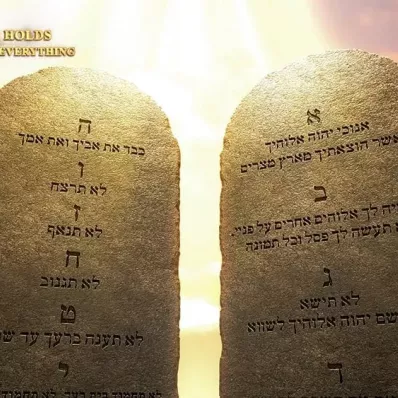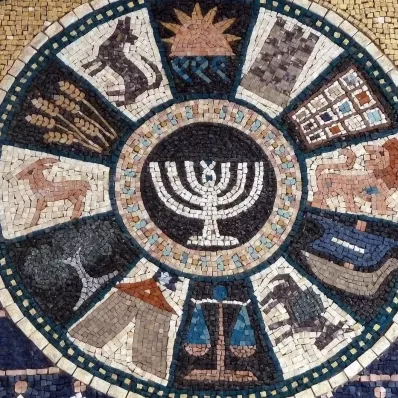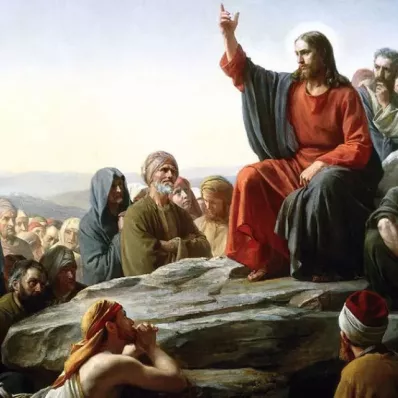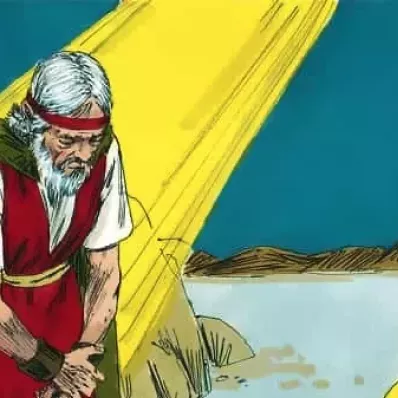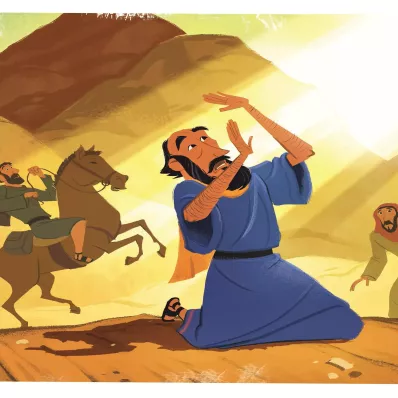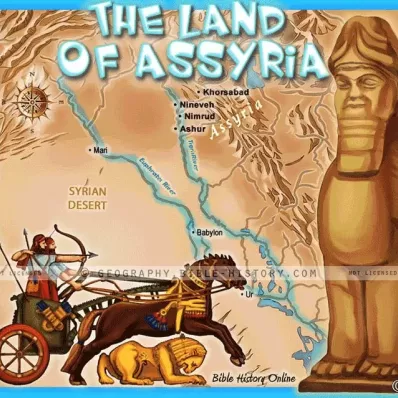Hebrews, Epistle to
(1.) Its canonicity. All the results of critical and historical
research to which this epistle has been specially subjected
abundantly vindicate its right to a place in the New Testament
canon among the other inspired books.
(2.) Its authorship. A considerable variety of opinions on
this subject has at different times been advanced. Some have
maintained that its author was Silas, Paul's companion. Others
have attributed it to Clement of Rome, or Luke, or Barnabas, or
some unknown Alexandrian Christian, or Apollos; but the
conclusion which we think is best supported, both from internal
and external evidence, is that Paul was its author. There are,
no doubt, many difficulties in the way of accepting it as
Paul's; but we may at least argue with Calvin that there can be
no difficulty in the way of "embracing it without controversy as
one of the apostolical epistles."
(3.) Date and place of writing. It was in all probability
written at Rome, near the close of Paul's two years'
imprisonment (Heb. 13:19,24). It was certainly written before
the destruction of Jerusalem (13:10).
(4.) To whom addressed. Plainly it was intended for Jewish
converts to the faith of the gospel, probably for the church at
Jerusalem. The subscription of this epistle is, of course,
without authority. In this case it is incorrect, for obviously
Timothy could not be the bearer of it (13:23).
(5.) Its design was to show the true end and meaning of the
Mosaic system, and its symbolical and transient character. It
proves that the Levitical priesthood was a "shadow" of that of
Christ, and that the legal sacrifices prefigured the great and
all-perfect sacrifice he offered for us. It explains that the
gospel was designed, not to modify the law of Moses, but to
supersede and abolish it. Its teaching was fitted, as it was
designed, to check that tendency to apostatize from Christianity
and to return to Judaism which now showed itself among certain
Jewish Christians. The supreme authority and the transcendent
glory of the gospel are clearly set forth, and in such a way as
to strengthen and confirm their allegiance to Christ.
(6.) It consists of two parts: (a) doctrinal (1-10:18), (b)
and practical (10:19-ch. 13). There are found in it many
references to portions of the Old Testament. It may be regarded
as a treatise supplementary to the Epistles to the Romans and
Galatians, and as an inspired commentary on the book of
Leviticus.



